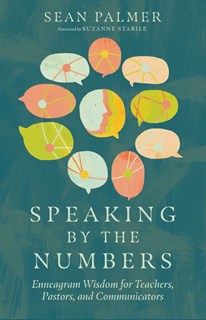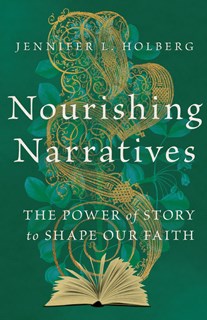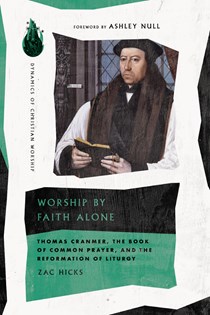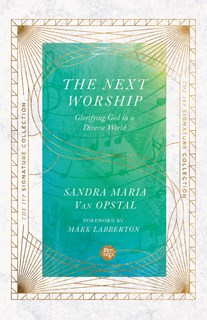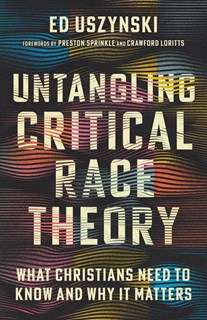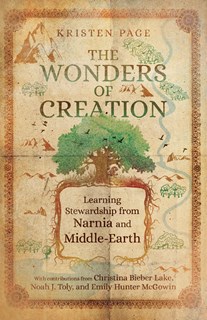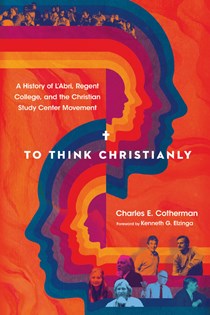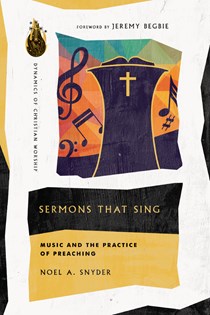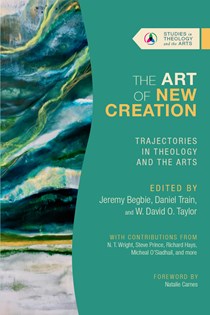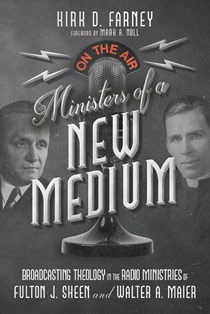Arts & Humanities
-
Speaking by the Numbers
Enneagram Wisdom for Teachers, Pastors, and Communicators
by Sean Palmer
Foreword by Suzanne StabileIt's not just what you say, but how you say it. Good communicators know this, but it's often easier said than done. Teachers, leaders, and speakers are often left bewildered, wondering why the content that was so carefully planned and delivered seems to fall flat with the audience. The art of communication requires more than the transfer of information; it both connects with and ...
-
Nourishing Narratives
The Power of Story to Shape Our Faith
by Jennifer L. Holberg
Humans are story-shaped creatures.
We make sense of our world, pattern our lives, and reflect on what is ultimately significant through language and the words that compose our stories. But how does this relate to the narrative of the Bible and the story that God is writing through history?
In Nourishing Narratives, writer and professor Jennifer Holberg engages ...
-
Worship by Faith Alone
Thomas Cranmer, the Book of Common Prayer, and the Reformation of Liturgy
Dynamics of Christian Worship
by Zac Hicks
Foreword by Ashley NullIn every age, the church must consider what it means to gather together to worship God.
If the church is primarily the people who follow the risen Christ, then its worship should be "gospel-centered." But where might the church find an example of such worship for today?
In this Dynamics of Christian Worship volume, scholar, worship leader, and songwriter Zac Hicks contends ...
-
The Next Worship
Glorifying God in a Diverse World
The IVP Signature Collection
by Sandra Maria Van Opstal
Foreword by Mark LabbertonChristianity Today's Book of the Year Award of Merit
What happens when a diverse church glorifies the global God?
We live in a time of unprecedented intercultural exchange, where our communities welcome people from around the world. Music and media from every culture are easily accessible, and our worship is infused with a rich variety of musical ...
-
Untangling Critical Race Theory
What Christians Need to Know and Why It Matters
by Ed Uszynski
Foreword by Preston Sprinkle and Crawford LorittsWhat is Critical Race Theory?
It may be one of the most widely referenced issues of the day, but it's also one of the least understood. In its translation from the academic world to the general public, Critical Race Theory (CRT) has inaccurately become a catch-all term for anything related to race. But what does it actually mean, and how should Christians engage it?
Ed ...
-
The Wonders of Creation
Learning Stewardship from Narnia and Middle-Earth
Hansen Lectureship Series
by Kristen Page
Contributions by Christina Bieber Lake, Noah J. Toly, and Emily Hunter McGowinWhen an author of fiction employs the imagination and sets characters in a new location, they are in a sense creating a world. Might such fictional worlds give us a deeper appreciation for our own?
Many readers have found themselves, like the Pevensie children, transported by C. S. Lewis into Narnia, and they have traveled from Lantern Waste to Cair Paravel and the edge of ...
-
To Think Christianly
A History of L'Abri, Regent College, and the Christian Study Center Movement
by Charles E. Cotherman
Foreword by Kenneth G. Elzinga- 2020 ECPA Top Shelf Book Cover Award
In the late 1960s and on into the next decade, the American pastor and bestselling author Francis Schaeffer regularly received requests from evangelicals across North America seeking his help to replicate his innovative learning community, L'Abri, within their own contexts. At the same time, an innovative ...
-
Sermons That Sing
Music and the Practice of Preaching
Dynamics of Christian Worship
by Noel A. Snyder
Foreword by Jeremy BegbiePreaching and music are both regular elements of Christian worship across the theological spectrum. But they often don't interact or inform each other in meaningful ways.
In this Dynamics of Christian Worship volume, theologian, pastor, and musician Noel A. Snyder considers how the church's preaching might be helpfully informed by musical theory. Just as a good musical composition ...
-
The Art of New Creation
Trajectories in Theology and the Arts
Studies in Theology and the Arts Series
Edited by Jeremy Begbie, Daniel Train, and W. David O. Taylor
The biblical themes of creation and new creation are inextricably bound to each other. For the God who created the world is the same God who recreates humanity in Jesus Christ and the same God who promises a new heaven and a new earth.
How might the relationship between creation and new creation be informed by and reflected in the arts? This volume, based on the DITA10 conference ...
-
Ministers of a New Medium
Broadcasting Theology in the Radio Ministries of Fulton J. Sheen and Walter A. Maier
by Kirk D. Farney
Foreword by Mark A. NollNamed Best Major Publication by Concordia Historical Institute
During the anxiety-laden period from the Great Depression through World War II to the Cold War, Americans found a welcome escape in the new medium of radio. Throughout radio's "Golden Age," religious broadcasting in particular contributed significantly to American culture. Yet its historic role ...


